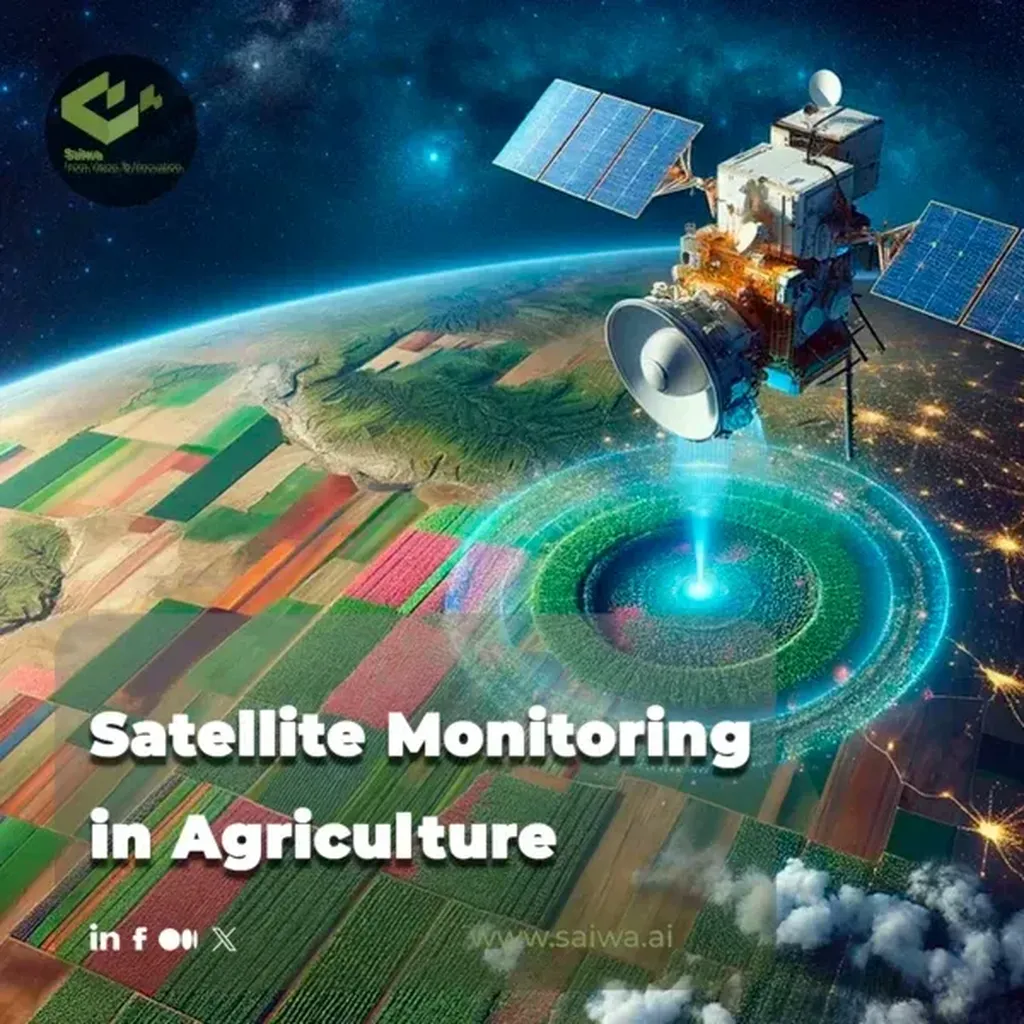In the heart of Greece, a pioneering study is reshaping how we monitor and understand agricultural intensification. Led by Iason Tsardanidis from the Beyond EO Centre at the National Observatory of Athens, this research leverages the power of deep learning and satellite imagery to offer a cost-efficient, scalable solution for tracking farming activities. The findings, published in the IEEE Journal of Selected Topics in Applied Earth Observations and Remote Sensing (translated as the Journal of Selected Topics in Applied Earth Observations and Remote Sensing), could have significant implications for sustainable agriculture and land management.
The study focuses on detecting vegetation clearance events in arable cropping systems using bitemporal Sentinel-2 imagery. By identifying changes in vegetation and soil spectral indices, the researchers can estimate the frequency of farming activities such as harvesting, plowing, and chemical desiccation. This information serves as a proxy for quantifying agricultural intensification, providing valuable insights into land use dynamics.
“Our approach addresses the extensive training data requirements of deep learning models by generating pseudolabels based on rule-based criteria,” explains Tsardanidis. This innovative method allows for the detection of above-ground biomass removal between image pairs, offering a robust performance with a detection rate exceeding 85% for harvest events.
The research explores two training strategies: fine-tuning pretrained models on a benchmark dataset and training models from scratch. These strategies were applied in two agricultural regions of central Greece, Larissa and Viotia. The models’ performance was validated against in-situ and photo-interpretation data, demonstrating their reliability and accuracy.
The results reveal high spatial variability in the number of detected changes, indicating differences in land management intensity depending on the region, cultivation year, and crop type. This variability highlights the importance of tailored land management recommendations to promote sustainable agriculture.
The commercial impacts of this research are substantial. By enabling scalable monitoring of land use dynamics, this framework offers insights into farmers’ activity patterns, supporting the development of sustainable land management recommendations. This can lead to more efficient use of resources, reduced environmental impact, and improved agricultural productivity.
As we look to the future, this research paves the way for further advancements in the field. “Our cost-efficient framework enables scalable monitoring of land use dynamics, offering insights into farmers’ activity patterns and supporting the development of sustainable land management recommendations,” Tsardanidis adds.
The study’s findings not only contribute to our understanding of agricultural intensification but also open up new possibilities for the energy sector. By optimizing land use and promoting sustainable practices, we can reduce the environmental footprint of agriculture and support the transition to a more sustainable energy future. This research is a testament to the power of technology and innovation in addressing global challenges and shaping a more sustainable world.

